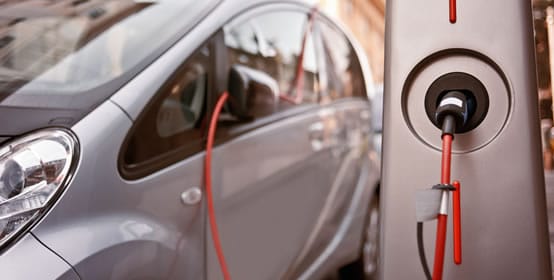
Electric vehicles (EVs) have emerged as a promising solution to combat climate change and reduce dependence on fossil fuels.
As the adoption of EVs accelerates, understanding the charging standards becomes crucial.
This article aims to provide a comprehensive overview of electric vehicle charging standards, including their types, compatibility, and future developments.
Read: Impact of Fast Charging On EV Batteries
Types of Electric Vehicle Charging Standards:
- CHAdeMO:
CHAdeMO, an abbreviation for "Charge de Move," is a fast-charging standard developed by Japanese companies. It utilizes a unique plug design and is commonly found in Asian markets. CHAdeMO chargers typically deliver DC power and are capable of charging EVs to 80% capacity in a relatively short time, making them suitable for long-distance travel. - Combined Charging System (CCS):
CCS is a combined AC and DC charging standard developed by European and North American automakers. It features a single plug that supports both AC and DC charging, providing versatility for EV owners. CCS is gaining popularity globally due to its compatibility with a wide range of vehicles and its ability to deliver high-power charging, enabling faster charging times. - Tesla Supercharger:
Tesla, a prominent player in the EV market, has developed its proprietary charging standard called the Tesla Supercharger. These chargers are specifically designed for Tesla vehicles and are capable of delivering high-power DC charging, significantly reducing charging times. While primarily intended for Tesla vehicles, some Tesla Supercharger stations offer adapters for other EV models.
Read: Future of electric car chargers
Compatibility and Interoperability:
One of the challenges in the EV charging infrastructure is ensuring compatibility and interoperability between different charging standards.
Efforts are underway to address this issue through the CharIN (Charging Interface Initiative), which aims to standardize EV charging globally.
Additionally, many EV manufacturers are producing vehicles with multiple charging port options, allowing them to be compatible with various standards.
Related: The difference between AC and DC charging and EV charging explained.
Future Developments:
The EV charging landscape is continuously evolving, with ongoing advancements aimed at improving charging infrastructure and user experience.
Some key developments to watch for include:
- High-Power Charging: Innovations in charging technology are enabling higher power outputs, reducing charging times, and enhancing convenience for EV owners.
- Wireless Charging: Wireless charging technology, which eliminates the need for physical cables, is gaining traction in the EV market. This technology offers the potential for seamless and convenient charging experiences.
- Standardization Efforts: Global initiatives to standardize EV charging protocols are expected to streamline the charging process and facilitate interoperability between different charging networks.
Read: Are Home EV Chargers Safe?
Conclusion:
Electric vehicle charging standards play a crucial role in shaping the EV ecosystem.
Understanding the different standards, their compatibility, and future developments is essential for stakeholders involved in EV adoption, including automakers, charging infrastructure providers, and consumers.
By embracing standardization and innovation, the EV industry can accelerate the transition to sustainable transportation and pave the way for a greener future.




